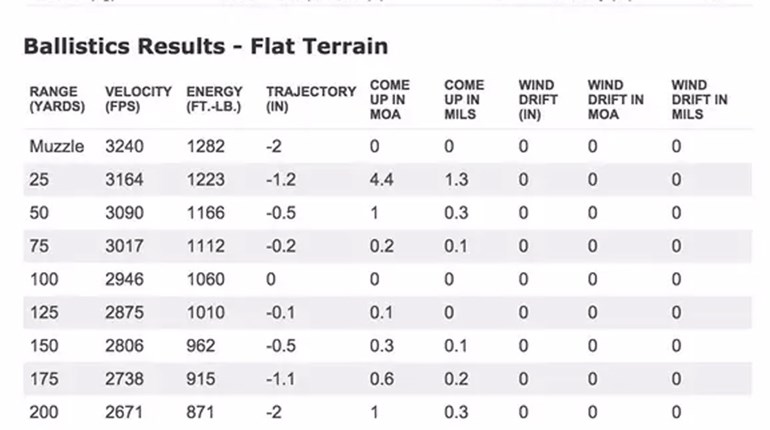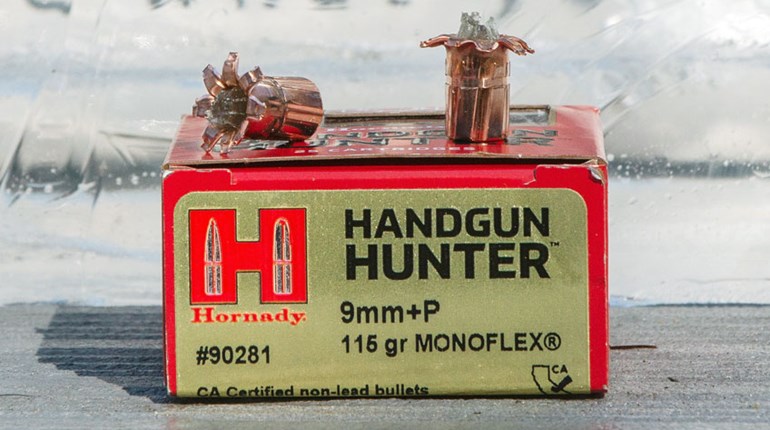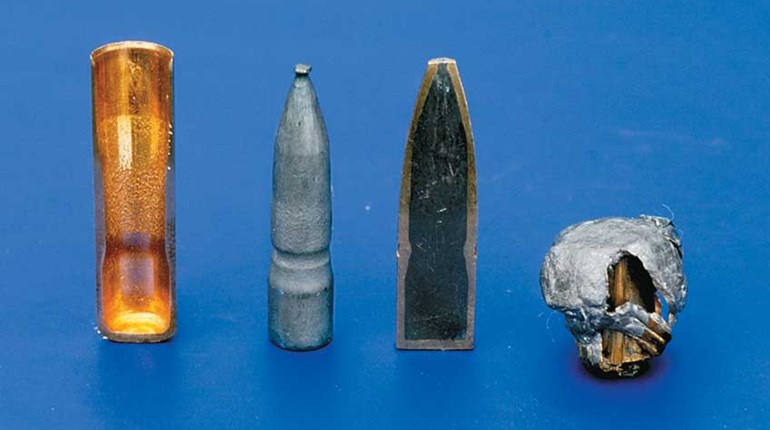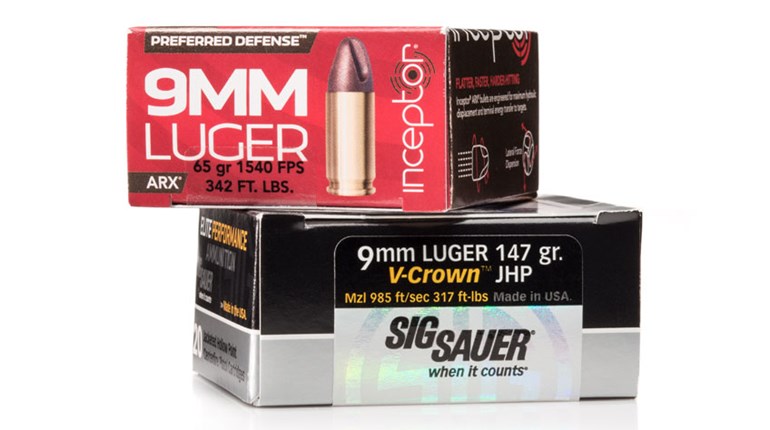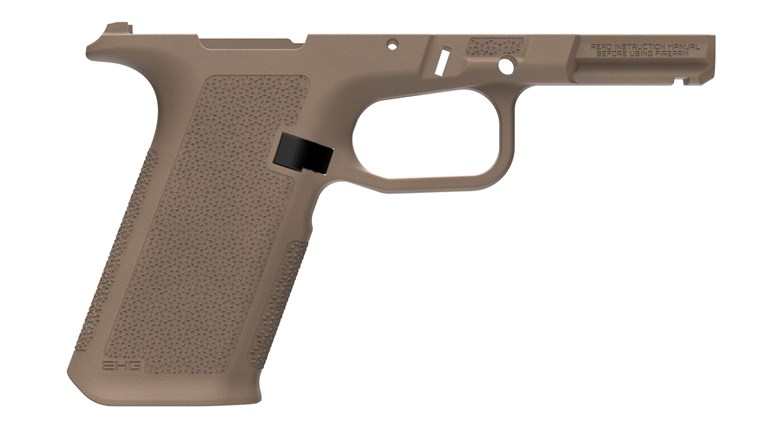** When you buy products through the links on our site, we may earn a commission that supports NRA's mission to protect, preserve and defend the Second Amendment. **

Perhaps no part of a cartridge receives more scrutiny than the bullet. This is because it is right up front where it can be seen, and its performance estimated. After all, the propellant and primer are wholly or partially hidden and thus taken for granted. Historically, bullets have been made of lead for several reasons:
For these reasons, historically lead has been the material of choice for making simple bullets and round balls. It is important to note here that, while lead is a popular choice, it is by no means the only available material. Bullets have been and continue to be made from other materials:
It must also be noted that lead is seldom used by itself. Lead is commonly coated with lubricant, patched with cloth or paper, held in a plastic or metal sabot, jacketed with copper, brass or steel, or coated with a polymer. These measures are necessary to protect the lead (which is soft) from stripping or being deposited in the bore.
The first bullets were simple cast-lead balls. With the advent of rifling in barrels, spin stabilization made elongated bullets possible. The field of bullet shapes then expanded enormously.
- Lead is relatively cheap and abundant;
- Lead is soft and easy to work;
- Lead has a low melting point; and
- Lead is dense.
For these reasons, historically lead has been the material of choice for making simple bullets and round balls. It is important to note here that, while lead is a popular choice, it is by no means the only available material. Bullets have been and continue to be made from other materials:
- Bismuth
- Brass and copper
- Steel and iron
- Zinc
- Aluminum
- Uranium (depleted)
- Tungsten
- Composite materials
- Wood and paper
- Plastic
- Porcelain
- Hybrids of two or more of the above
It must also be noted that lead is seldom used by itself. Lead is commonly coated with lubricant, patched with cloth or paper, held in a plastic or metal sabot, jacketed with copper, brass or steel, or coated with a polymer. These measures are necessary to protect the lead (which is soft) from stripping or being deposited in the bore.
The first bullets were simple cast-lead balls. With the advent of rifling in barrels, spin stabilization made elongated bullets possible. The field of bullet shapes then expanded enormously.













